
A charming guessing game for the very young to introduce them to some of Australia’s unique animals.
Materials from Oceania

A charming guessing game for the very young to introduce them to some of Australia’s unique animals.
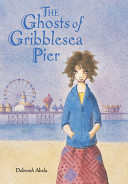
Aurelie Bonhoffen, who has grown up in the circus, discovers a remarkable family secret on her twelfth birthday that may help in dealing with a sinister man who wants to take over her family’s pier.
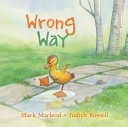
Sometimes a day out doesn’t turn out according to plan. But when one little duck wants to make a big splash all by himself, the wrong way to do things turns out to be just right!
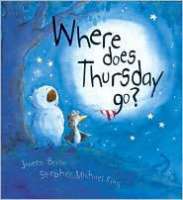
Bruno and Bert try to find out what happens to a special day after it is over.

A boy never gives up hope when his little dog vanishes at sea in this suspenseful and heartwarming true-life adventure. Herbert was a small dog who lived by the sea. Everybody loved him, but the person who loved him best of all was Tim. One fine day, Herbert sets off on a boat with Tim’s father. But without warning, a storm crashes in — and so begins the biggest adventure of Herbert’s life. This stirring true story, written and illustrated by Robyn Belton, tells the remarkable tale of a young boy’s beloved dog and his real-life adventure at sea.
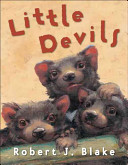
Robert J. Blake shines a light on a little-known animal.Burnie, Winnie and Big Stanley are three Tasmanian devil pups growing up in the wild. Along with their mother, they make one happy family. Since the pups are still so small, Mum does all the hunting. But one night, Mum doesnt come home and the pups are getting hungry . . . and worried. They need food, but more importantly, they need Mum. Big Stanley is the first to leave the den. Then Burnie. And finally Winnie. Together they set out with one goal in mind: find Mum.

Wailana the waterbug woke up each day, to be with her friends, to go out and play.
What a joy to be seen, all the cheers and the smiles, waterbugs followed the parade on for miles.
All through the Winter, Spring, Summer and Fall Wailana’s parades would bring laughter to all!
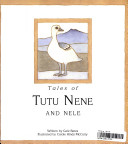
The lives of endangered species always hang in delicate balance and this tale will help young children appreciate their ongoing struggle to survive.
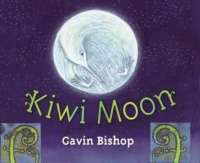
Created by well-known children’s writer and illustrator Gavin Bishop, this is the story of a little white kiwi. When he is born his mother doesn’t recognise him because he’s not brown. Little Kiwi looks to the moon as his mother instead because it is white and bright and round. In the background of this story we see the changing times of a nearby pa. Through illustrations only we see intertribal warfare, the death of the chief, English soldiers arriving and then the burning of the pa. This fire spreads and the two stories become one as the white kiwi’s habitat is razed to the ground.On the surface this is a very simple story but it also contains themes of intertribal warfare, European colonisation of New Zealand, Maori/Pakeha relations, and conservation. There is a lot to savour on each page – with Gavin’s stunning illustrations of the main kiwi story, the on-going images of the pa, plus close-ups of insects and plants.
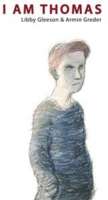
The author of “Mahtab’s Story” and the author of “The Island “team up to bring young readers another powerful social justice-related work–an inspiring, thought-provoking picture book about finding one’s way in the world “”You must do as you’re told.”””” “”Let the army make you a man.”””” “”Your country needs your vote.”” As the voices in his life crowd in on him, Thomas looks for another way, refusing to conform to the expectations and demands of family and community. A loner, Thomas refuses to feel lonely, an inspiring choice in this masterful tale of questioning authority and resisting oppression. Powerful illustrations and a spare text make a parable of Thomas’s journey, which reflects the courage we all need to find our passion and be ourselves.
See the review at WOW Review, Volume 4, Issue 2